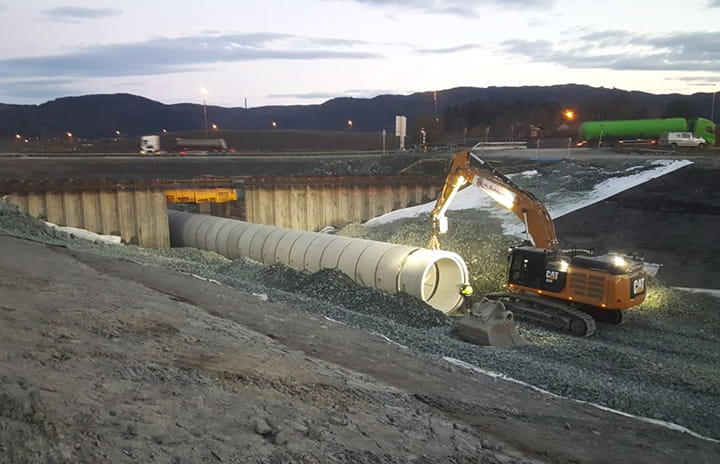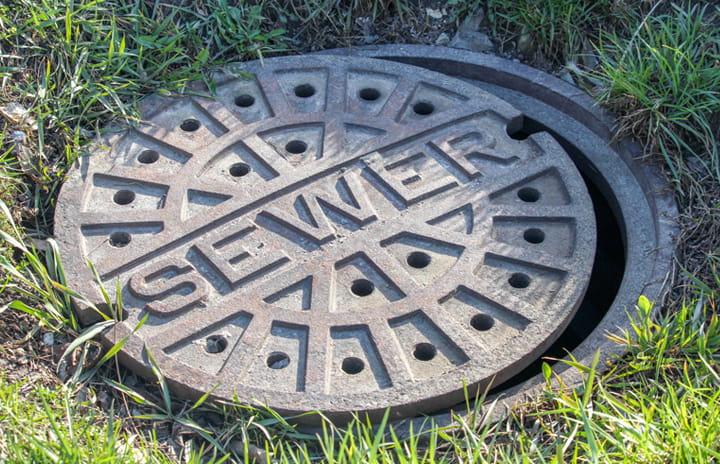The strongest link in concrete pipe development

Concrete pipes have long been used for water and wastewater applications; in fact, their origins can be traced back as far as the Roman times.
But with rapid urbanization and population growth putting increased pressure on modern pipeline networks, the need to maximize concrete pipe performance has never been more evident.
Global human population growth amounts to around 75 million annually, so providing sanitation and water needs to the world’s mega cities and remote populations means laying pipelines in subterranean and often extreme environments. This can present a number of challenges, from installation access to pipeline durability. With modern pipeline networks expected to perform in excess of 100 years, their performance and durability is coming under increasing scrutiny as any rectifications or leaks in these environments become more costly to fix.
The introduction of mechanized pipe laying has improved installation techniques as it reduces the need for people in the trench, lessening the potential for human error. To continue to improve efficiency, reduce costs and maximize longevity of the network, pipe manufacturers need to give due consideration to concrete pipes joints. Any weaknesses in the joint / seal can result in damage to the pipes, seal displacement and network leakages, resulting in lost time and money associated with pipe scrappage and rectification.
Until the 1960s, most water and sewerage pipe joints were made from horsehair, tarred rope and cement mortar. Being totally rigid, they had no flexibility to allow for ground movement. The introduction of flexible rubber joints enabled more natural movement between pipes without causing damage. Now, the ability to integrate flexible rubber seals within a concrete pipe socket during manufacture is raising standards of leak tightness from infiltration and exfiltration, ease and reliability of jointing, and long-term seal durability.
Julian West, Product Manager for Trelleborg’s pipe seals operation in Europe, gives his top tips for specifying integrated concrete pipe seals to extend the life of the asset and infrastructure as a whole.
Material choice: Primarily, look for seals made from ethylene propylene diene monomer rubber (EPDM) such as the Trelleborg 165. It is ozone resistant, offers long term stress relaxation performance - maintaining its elastic properties for longer – and ensures optimized rubber stability and durability.
Seal design: Integrated seals cannot easily be moved or replaced once set within the concrete, making it vital that the seal performs as required, first time, to avoid unnecessary lost time and money associated with pipe scrappage. A seal which is manufactured using co-extrusion methods will ensure high performance. A combination of soft (50 International Rubber Hardness Degrees (IRHD) and hard (70 IRHD) rubbers will provide optimum stiffness so the profile doesn’t compress, the right level of stability for reduced risk of seal displacement and superior flexibility for the optimum sealing capabilities.
Choosing the right partner: Pipe manufacturers who fully utilize the partnership with their seal manufacturer, will benefit from the expertise and valuable technical advice and support they have to offer. This should include training on how to join the seals, how they function, as well as a strong knowledge of water infrastructure requirements across the globe, including relevant legislation.


